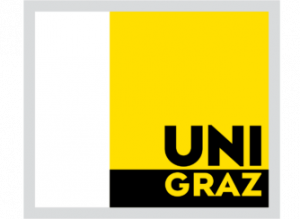Active members
Christoph Dösinger
MSc Student Karl-Franzens-Universität GrazInstitute of Physics – Solid State TheoryBiographical Info
2021 |
|
| 1. | C. Dösinger Simulation of Angle-Resolved Photoemission Intensity Maps for Two-Dimensional Materials Masters Thesis 2021. @mastersthesis{Doesinger2021,Angle-resolved photoemission spectroscopy (ARPES) is the most direct experimental technique to investigate the electronic band structure of surfaces and layered materials. ARPES maps are routinely compared to results from ab-initio band structure calculations. However, simulations of photoemission cross-sections including transition matrix element effects which provide additional insights are rare, especially simulations that include spin-orbit coupling in the band structure calculation. In this thesis, the electronic ground state is calculated using density functional theory (DFT). Based on the ground state wave function, angle-resolved photoemission intensity maps are simulated within the one-step model of photoemission, by modelling the final state of the photoelectron as a plane wave. This plane wave final state (PWFS) approach has proven to work surprisingly well for monolayers of organic molecules on metal surfaces. For this work, the approach is extended to include spin-orbit coupling (SOC). The results of the simulations are compared to experiments and calculations using a tight binding approach. The method is applied to three classes of materials. First, the transition metal dichalcogenides (TMD) tungsten disulphide (WS2 ) and tungsten diselenide (WSe2 ), second, a monolayer of silver-tellurium on a silver-(111) surface (AgTe/Ag(111)), and, third, mono-layer and bilayer graphene. The simulations for the TMDs are able the correctly describe the ARPES intensities and the spin-splitting of the bands. However, results for AgTe/Ag(111) show discrepancies to the experiments. It is shown that it is possible to include SOC in the PWFS approach, which can yield reliable results. However, further tests are needed. |
Alumni



